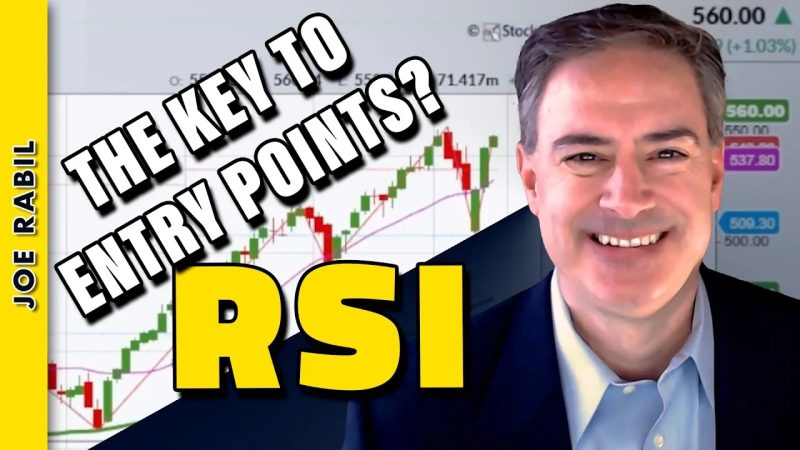Looking for the Next Entry Point in SPY? Use RSI
The Relative Strength Index (RSI) is a powerful and widely used technical indicator that can help investors and traders identify potential entry points in the stock market. When it comes to popular exchange-traded funds (ETFs) like the SPDR S&P 500 ETF (SPY), having a solid grasp of RSI can be particularly beneficial for determining when to buy or sell shares.
Understanding RSI
Before diving into how RSI can be utilized with SPY, it’s crucial to comprehend what RSI signifies and how it operates. RSI is a momentum oscillator that measures the speed and change of price movements. The indicator ranges from 0 to 100 and is typically calculated based on the average gains and losses over a specific period, often 14 days.
In general, RSI values below 30 suggest that a stock or ETF may be oversold, meaning the price has dropped too sharply and could be due for a rebound. Conversely, RSI readings above 70 indicate that a security might be overbought, signaling that the price has risen too high and could be poised for a pullback.
Using RSI with SPY
When looking for potential entry points in SPY, investors can consider incorporating RSI into their analysis to help make more informed decisions. One common strategy is to wait for RSI to signal oversold or overbought conditions before initiating a trade.
For instance, if RSI drops below 30, indicating that SPY is oversold, this could present a buying opportunity for investors expecting a reversal in the ETF’s price. Conversely, if RSI climbs above 70, signaling that SPY is overbought, investors may consider selling or waiting for a pullback before entering a long position.
It’s important to note that RSI should not be used in isolation when making investment decisions. Traders should always consider other technical indicators, fundamental analysis, and market conditions to validate their trading strategies.
Incorporating Risk Management
While RSI can be a valuable tool for identifying potential entry points in SPY, it’s equally essential for traders to implement effective risk management techniques to protect their capital. Setting stop-loss orders, diversifying portfolios, and adhering to a consistent trading plan are crucial components of successful trading strategies.
Ultimately, by combining RSI with a well-thought-out risk management framework, investors can enhance their ability to make informed decisions when trading SPY or any other ETF.
In conclusion, RSI is a versatile indicator that can help investors identify potential entry points in SPY and other securities. By understanding how RSI works and integrating it into a comprehensive trading strategy, investors can improve their chances of making profitable trades in the stock market.

